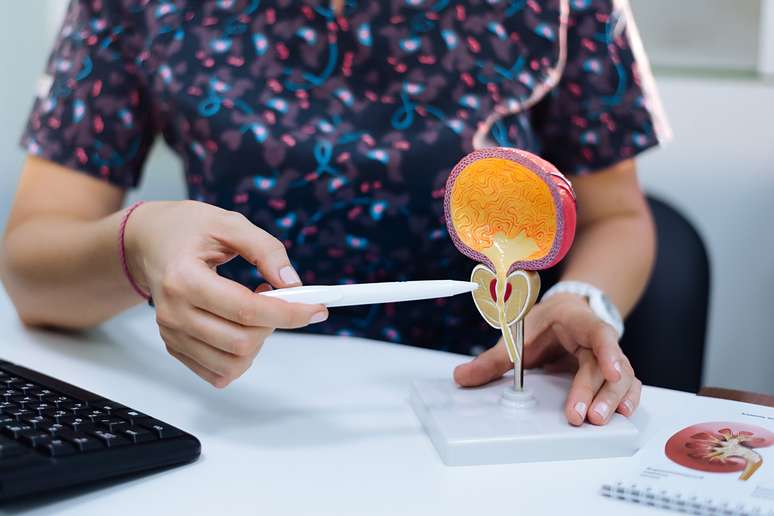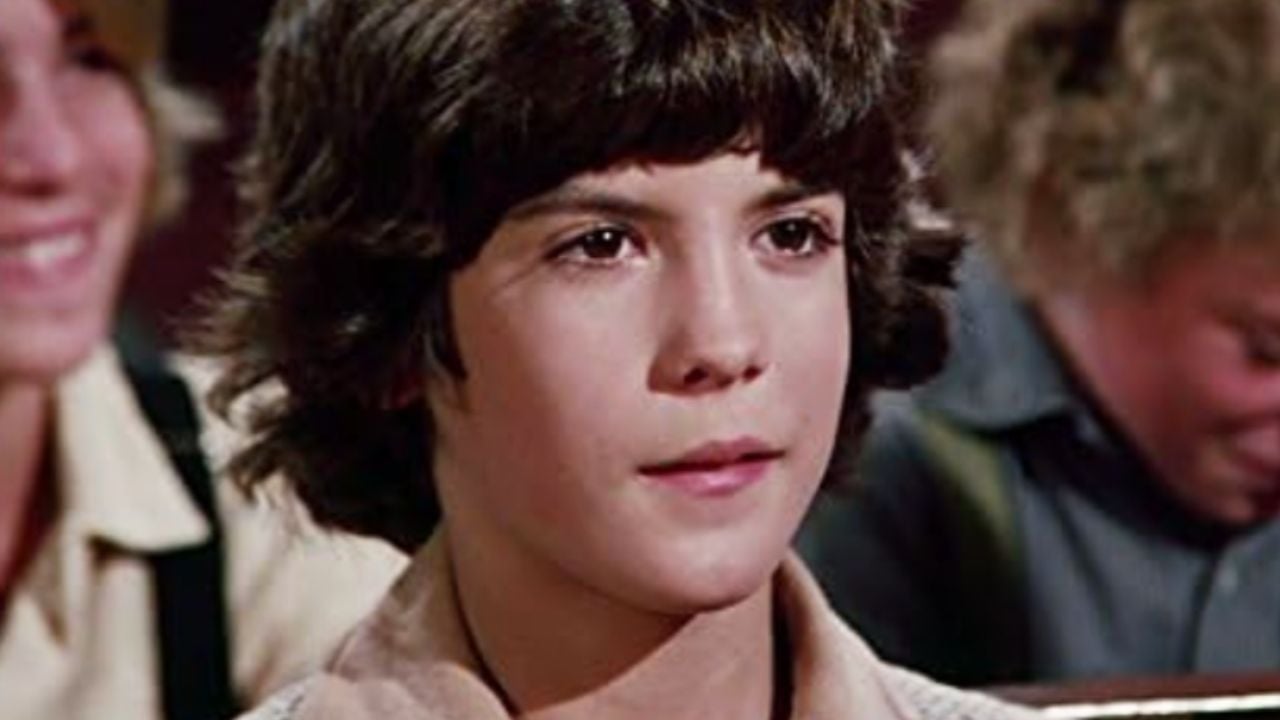Enlarged prostate affects approximately half of the male population over the age of 50
Most men may suffer from an enlarged prostate as they age. This increase is known as benign prostatic hyperplasia (BPH).
According to the Brazilian Society of Urology, approximately 50% of men have some degree of disease after the age of 50 and more than 30% require treatment.
Common symptoms
This condition can cause some men to have more difficulty urinating. Among the main symptoms are:
- difficulty starting urination
- weak urinary flow
- feeling that the bladder has not been completely emptied
- increased number of trips to the bathroom during the night
- uncontrollable urge to urinate
In some cases, the condition can increase the risk of urinary infections or urinary incontinence. If you experience any of these symptoms, it is important to see a urologist.
It is worth remembering that the prostate is an exclusively male gland that is located around the urethra. As it grows, it can compress the channel through which urine passes, causing these symptoms.
Numerous medications are available to treat the condition. When the response is not sufficient, surgery may be indicated.
Eating a balanced diet, avoiding excess weight and exercising regularly are also ways to avoid benign prostatic hyperplasia.
Source: Terra
Ben Stock is a lifestyle journalist and author at Gossipify. He writes about topics such as health, wellness, travel, food and home decor. He provides practical advice and inspiration to improve well-being, keeps readers up to date with latest lifestyle news and trends, known for his engaging writing style, in-depth analysis and unique perspectives.









